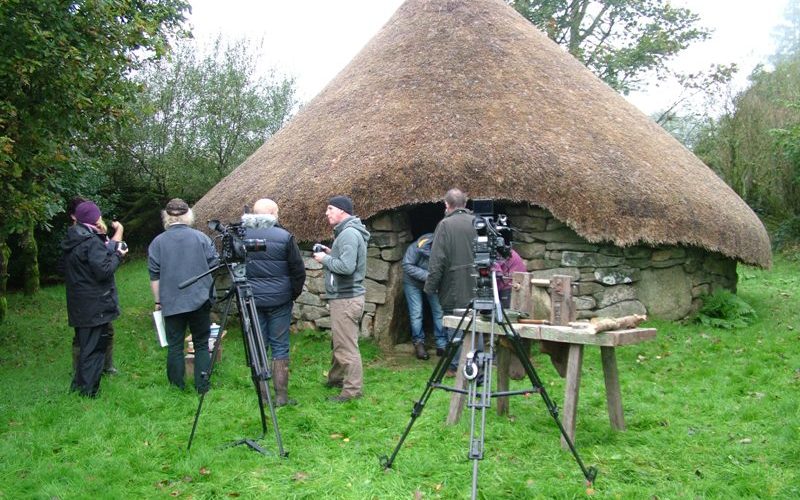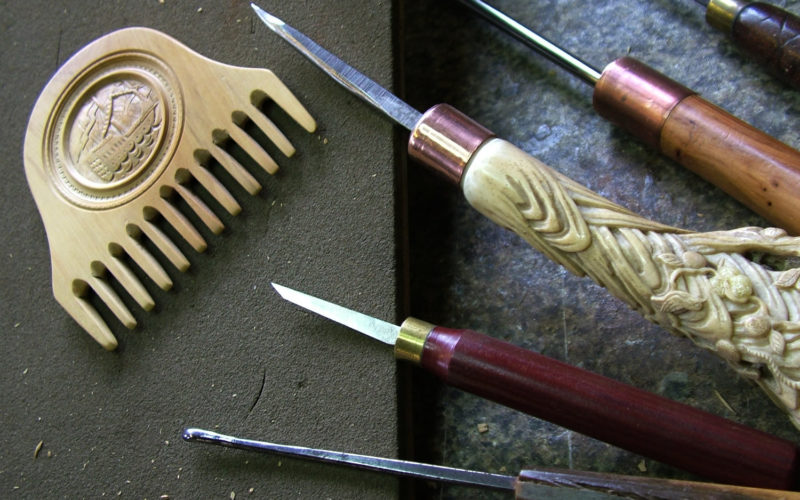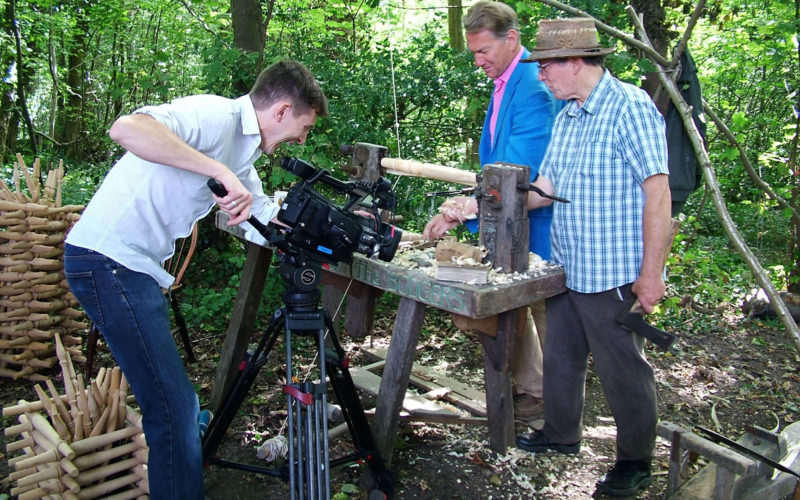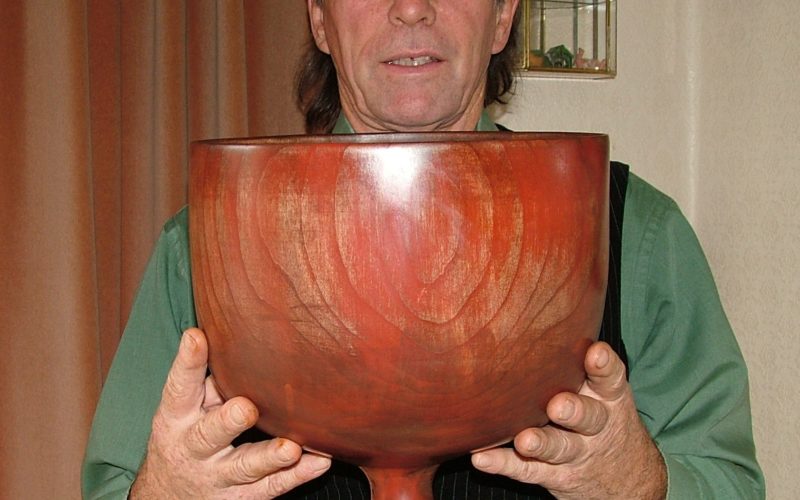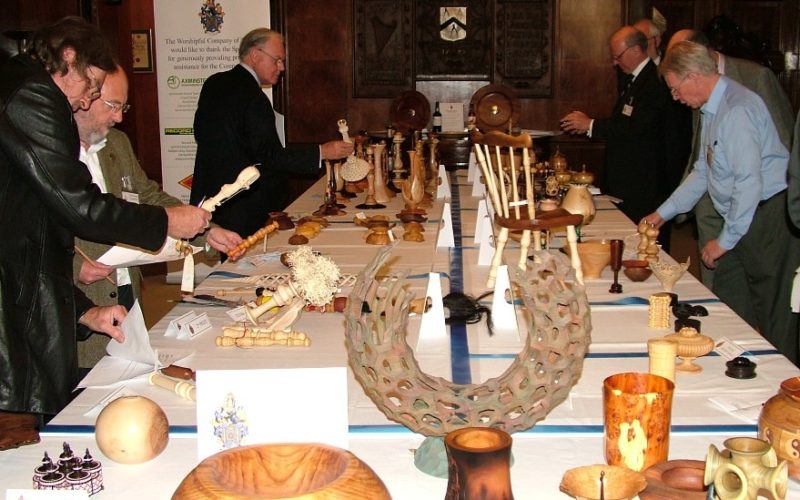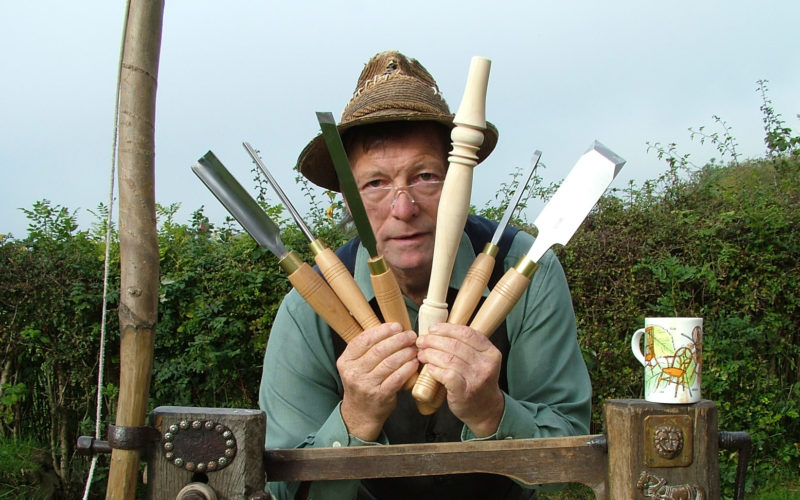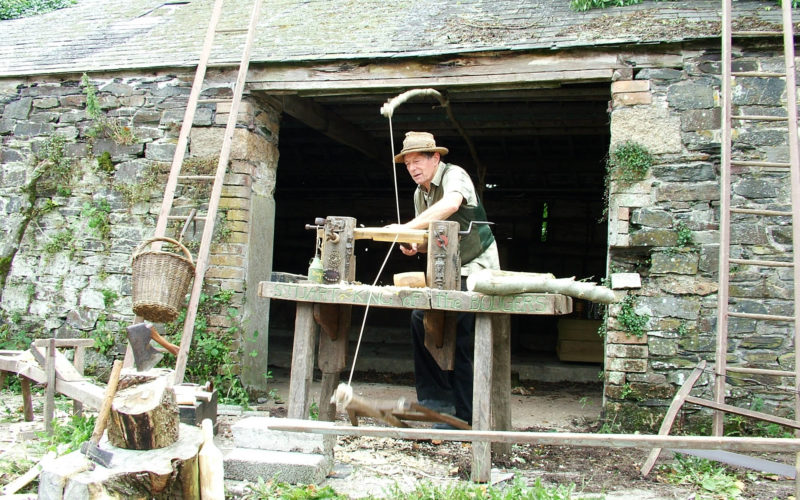A Bronze Age burial chamber was discovered on Dartmoor, with the remains of a woman, and four lathe-turned ear studs. So began an archaeological experiment.
Woodturning
Mary Rose — making a sailor’s boxwood hair comb
I recently visited the new Mary Rose museum at Portsmouth. What a fantastic job they have done. I was so taken by the sailor’s boxwood hair combs that it was straight to the workshop to make a couple of examples.
Stuart King on Time Team, Alan Titchmarsh Show, and Great Railway Journeys
Is TV showing more interest in traditional crafts?, Stuart King appeared on Time Team, the Alan Titchmarsh Show, and Great Railway Journeys.
Wassail—an ancient English tradition
Wassailing is 1000 year old English tradition. Stuart King outlines the simple chronology and and some details of the wassail bowl.
Wizardry in Wood exhibition 2012
Wizardry in Wood is the worlds premiere show case for the craft, historical and contemporary, held every four years in the City of London.
Stuart wins Strictly Woodturning
Attended by 170 guests, delegates and turners, Axminster Tool Centre hosted the Strictly Woodturning event. Similar to the BBC’s popular Strictly Come Dancing, this was a competition in which the 12 turners competed against each other at the lathe and were tasked with producing items such as a vase, goblet and lidded box in an incredibly short eight minutes.
History of the Lathe: part one – reciprocal motion
All lathes by their very nature rely on a revolving work piece. To capture and impart this motion, to devise and create the required force has challenged mans ingenuity back into pre-history. Man has been using the momentum provided by a spinning weight for tens of thousands of years in the form of drop spindles […]
History of the Lathe: part two – continuous rotation
The wheel is probably man’s most important technological discovery. A Sumarian pictogram dated 3500BC is the earliest reference for the wheel. By 2000BC man was making spoked wheels yet the earliest pictorial reference we have of a wheel driven lathe seems to be from the 15th century.
History of the Lathe: part three – mechanical power
From classical times man has harnessed wind and water to work heavy machinery, to relieve him of hard physical labour and to speed up production. A Roman settlement C.200AD in southern France boasted sixteen water mills for grinding corn. It may be that this form of motive power was used to drive lathes also but […]
